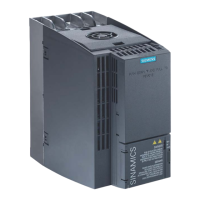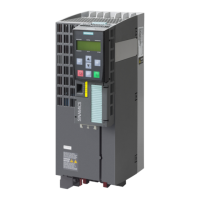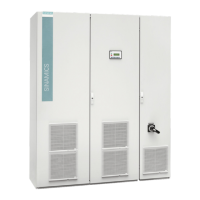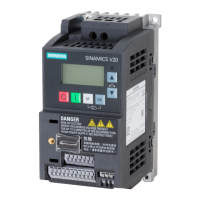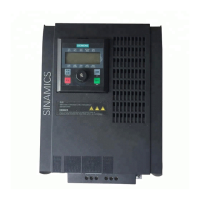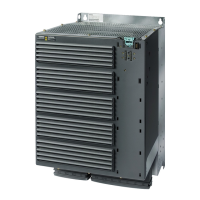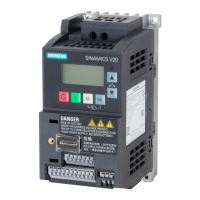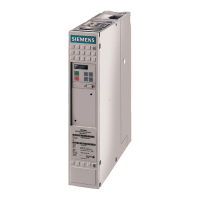Setting functions
8.5 Motor control
Inverter with CU230P-2 Control Units
Operating Instructions, 11/2013, FW V4.6.6, A5E02430659B AG
253
Table 8- 21 Characteristics for special applications
Applications with a
low dynamic
response and
constant speed
Centrifugal pumps,
radial fans, axial fans
The ECO mode results in additional
energy saving when compared to the
parabolic characteristic.
If the speed setpoint is reached and
remains unchanged for 5 seconds, the
inverter again reduces its output voltage.
ECO mode p1300 = 4
or
p1300 = 7
Additional information on V/f characteristics can be found in the parameter list and in the
function diagrams 6300 ff of the List Manual.
Optimizing with a high break loose torque and brief overload
Setting the voltage boost for U/f control
The voltage boost acts on every U/f
characteristic. The adjacent diagram
shows the voltage boost using a linear
characteristic as example.
Proceed as follows to set the voltage boost:
Only increase the voltage boost in small steps. Excessively high values in p1310 ... p1312
can cause the motor to overheat and switch off (trip) the inverter due to overcurrent.
1. Power-up the motor with an average speed.
2. Reduce the speed to just a few revolutions per minute.
3. Check whether the motor rotates smoothly.
4. If the motor does not rotate smoothly, or even remains stationary, increase the voltage
boost p1310 until you are satisfied with the motor behavior.
5. Accelerate the motor to the maximum speed with maximum load and check as to whether
the motor follows the setpoint.
6. If, when accelerating, the motor stalls, increase the voltage boost p1311 until the motor
accelerates to the maximum speed without any problems.
To achieve satisfactory motor behavior, you must increase the parameter p1312 only in
applications with a significant breakaway torque.
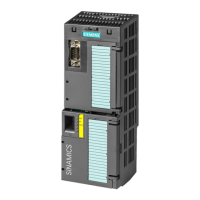
